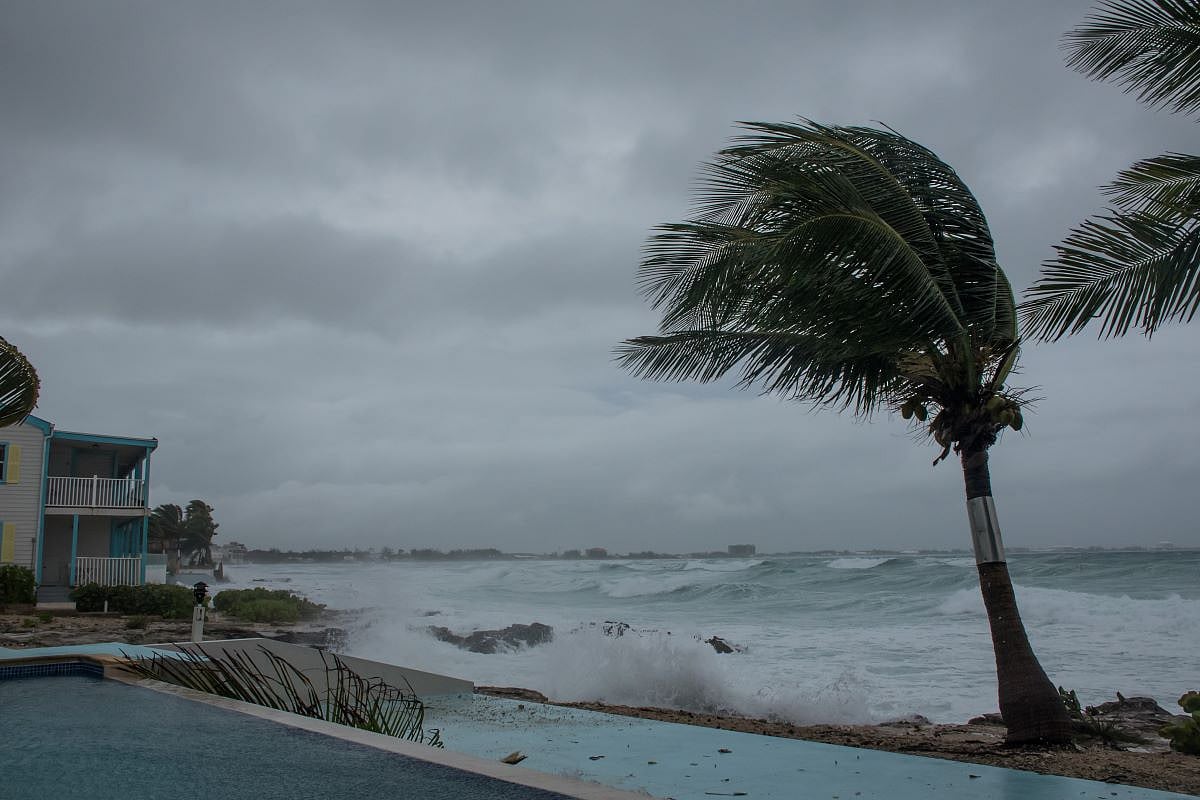Get Healthy!

- Posted October 1, 2025
New Scorecard Reveals Which States Prepared for Climate Health Threats
WEDNESDAY, Oct. 1, 2025 (HealthDay News) — A new Commonwealth Fund report offers the first state-by-state ranking of how vulnerable individual health and health care systems are to climate risks.
The report analyzed all 50 states and Washington, D.C., looking at factors like extreme heat, flooding and air quality, as well as policies to combat these threats.
Vermont was ranked the best state for its climate preparedness and low health risk, while West Virginia ranked last. States in the Northeast and Pacific Northwest generally scored well, while several states in the South and Southwest ranked among the worst.
Top 10 States
Vermont
New York
Washington
New Jersey
Maine
Idaho
Maryland
Massachusetts
Pennsylvania
Oregon
Bottom 10 States
West Virginia
Kentucky
Louisiana
Florida
Mississippi
Missouri
Arizona
Arkansas
Hawaii
New Mexico
The report found a clear correlation.
“Our scorecard shows that states with strong clean energy and resilience policies are doing a better job protecting health and health care infrastructure, while other states leave patients exposed during potential crises,” said study author Matthew Eckelman, an associate professor at Northeastern University in Boston.
Some areas face unique dangers.
Southwestern states like Arizona and New Mexico have the greatest risk from extreme heat, while health infrastructure in low-lying coastal states like Florida and Louisiana has a high flood risk.
Florida has the nation’s highest percentage of hospital beds — nearly 15% — located in high-hazard flood zones, the study showed.
Extreme weather events are devastating and costly.
Last year alone, the National Oceanic and Atmospheric Administration (NOAA) reported 27 weather and climate disasters with damage topping $1 billion in each. These disasters resulted in 568 direct or indirect deaths, making 2024 the eighth-highest fatality year in the last 45 years.
Commonwealth Fund President Joseph Betancourt stressed the basic necessity of climate readiness.
“People are better off when they can breathe clean air and when the hospitals they depend on are prepared for extreme weather,” he said in a news release.
The study authors urged states to take four key steps to reduce harmful health impacts and improve resilience:
Strengthen clean energy and energy efficiency policies.
Support health care facilities in preparing for extreme weather and assessing climate risks.
Require standardized reporting of health care sector emissions to guide improvements.
Help hospitals and clinics invest in resilient infrastructure, clean power and low-emission transportation for staff and patients.
More Information
The National Institute of Environmental Health Sciences offers resources on climate change and human health.
SOURCES: U.S. News & World Report, Sept. 25, 2025; Commonwealth Fund State Scorecard on Climate, Health, and Health Care, Sept. 25, 2025
What This Means For You
Your health and safety during a climate-related emergency hinge on your state’s policies and hospital readiness. Consider asking local leaders what steps they are taking to improve climate resilience.







